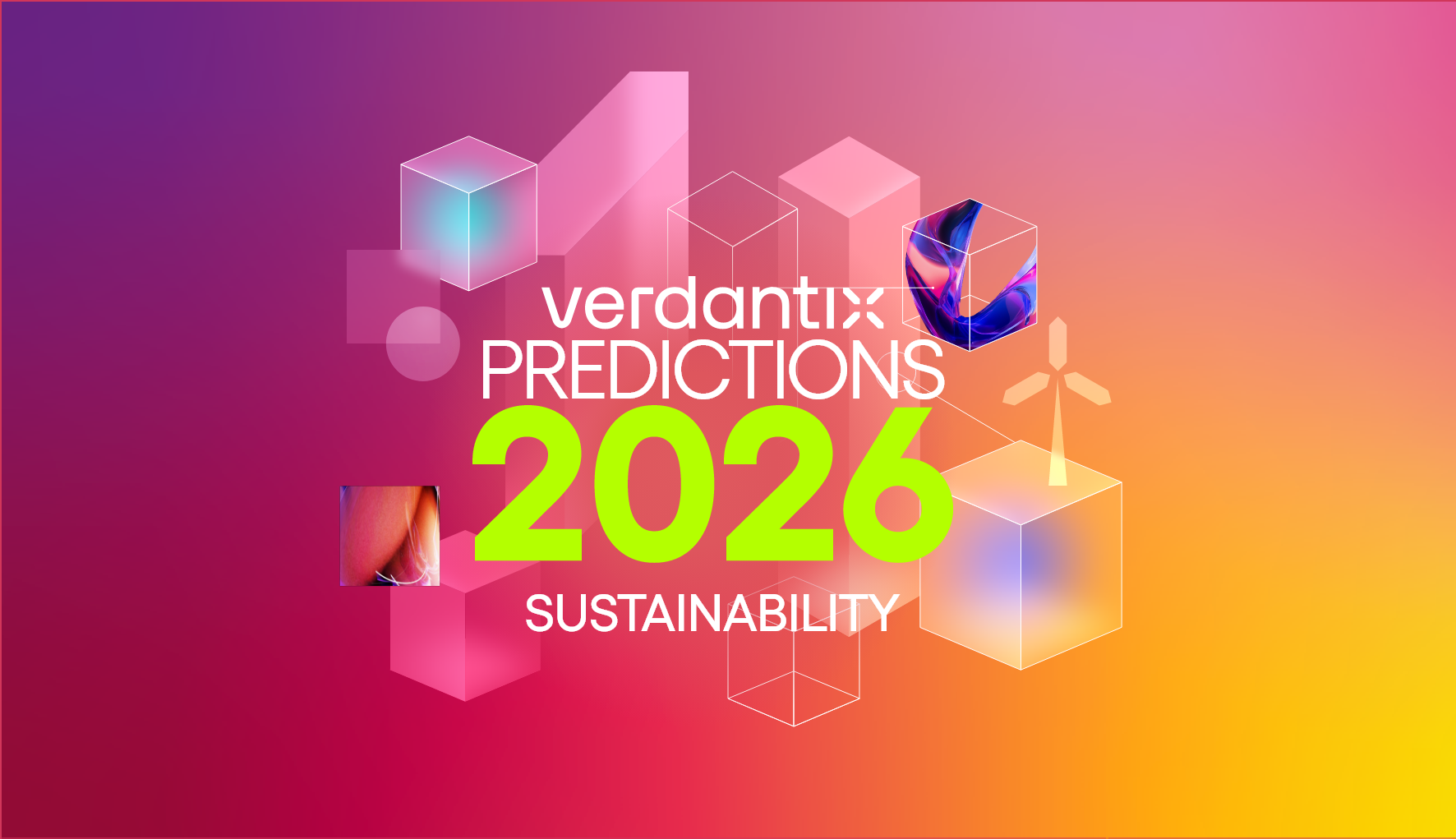European Council Demonstrates Sustainability Leadership with EU’s First Green Taxonomy
Building on the momentum of growing ESG regulations and sustainability disclosures, the EU has positioned itself as the reference for the clarification of sustainable activities. On December 9, the European Council approved the first EU sustainability taxonomy for investors. Becoming effective in January 2022, the regulation will offer a classification of financial activities following the targets defined in the EU Green Deal. Adding criteria for 67 key economic activities fostering climate change mitigation, the EU Taxonomy offers a common language for companies and investors to identify sustainable investment opportunities and communicate achievements on environmental and sustainability goals. The newly adopted classification provides investor’s protection, discourages greenwashing, and aligns financial activity with the construction of a low-carbon, environmentally friendly and resilient economy, a goal described in the EU Green Deal.
As the first taxonomy to be approved, Europe’s consideration of sustainable activity will influence other international and national requirements such as the UK’s Green Taxonomy, which is expected to be published in 2022. The classification also clears the path from voluntary to mandatory disclosures in some jurisdictions and offers some standardization of the key aspects reported in other international standards and recommendations, such as the Task Force for Climate Related Financial Disclosures (TCFD) and those to be set by the International Sustainability Standards Board (ISSB), established during COP26. Nevertheless, the political debate on the green labelling of gas and nuclear energy investments continues. The EU will decide later this month on the role played by these two energy sources on the EU transition to net-zero emission by 2050, and the extent to which their investment falls into the EU classification of sustainable activities.
However, one of the key aspects of the EU Taxonomy is its contribution to the EU Green Deal in the long term. The new sustainability standards require accurate data on firms’ environmental and social impact, expanding the requirements for companies complying with the Non-Financial Reporting Directive (NFRD) and the Sustainable Finance Disclosure Regulation (SFDR). Thus, new partnerships between corporations and ESG software providers will become key to promote ESG investment, reduce greenwashing risk, and improve the communication of successful sustainability goals.
The EU Taxonomy is a step in the right direction. The classification clarifies the path for green investment and motivates firms to offer a wider range of sustainable financial products. Thus, the EU Taxonomy can be used as an example of supra-national regulation, opening the pathway for further international agreement on sustainability goals and commitments.
If you would like to know more on the evolution of ESG disclosure and regulations, please consider reading Verdantix’s report Strategic Focus: Future Evolution Of ESG Disclosures (verdantix.com)
About The Author

Elisa Molero
Senior Analyst





